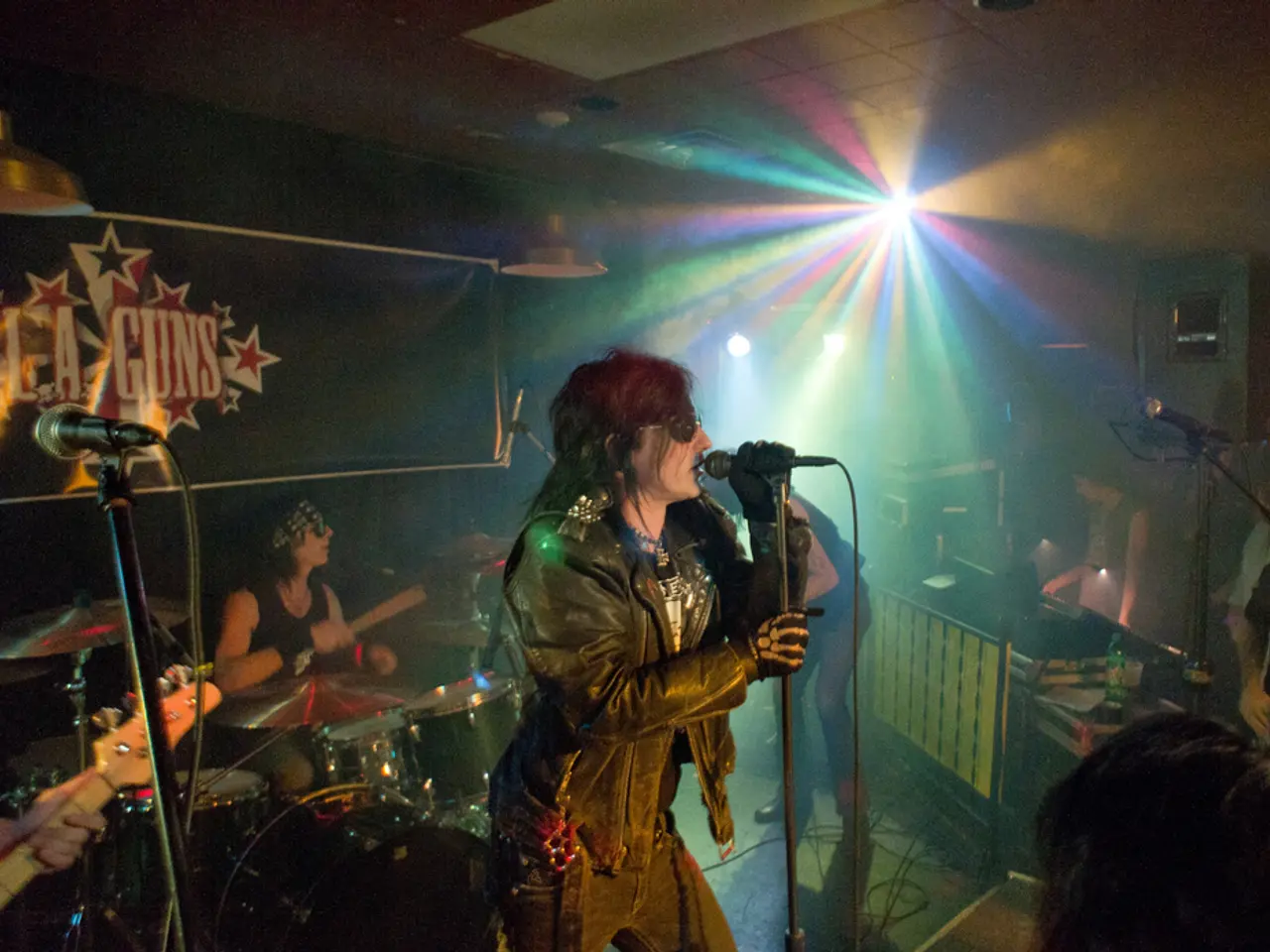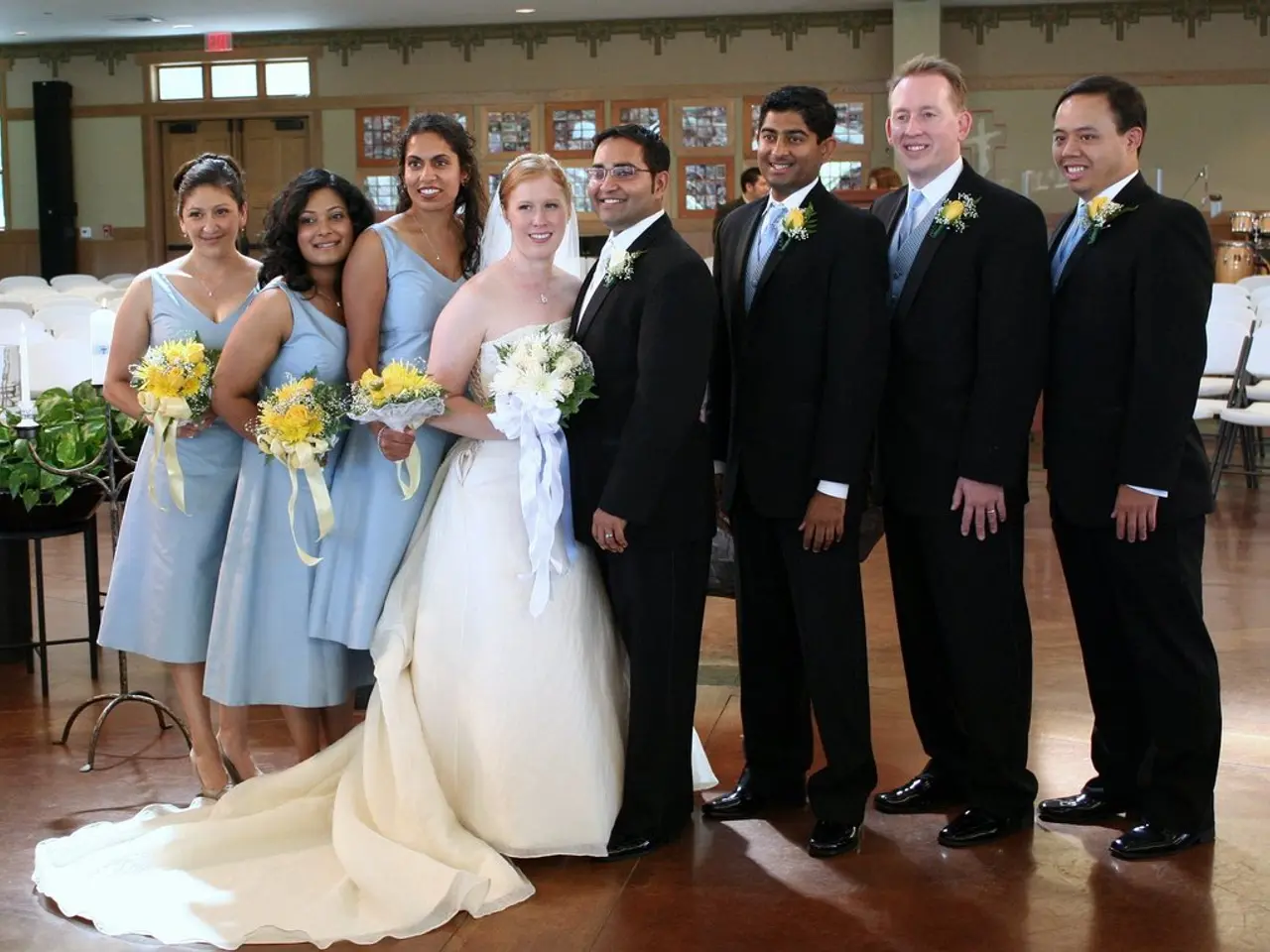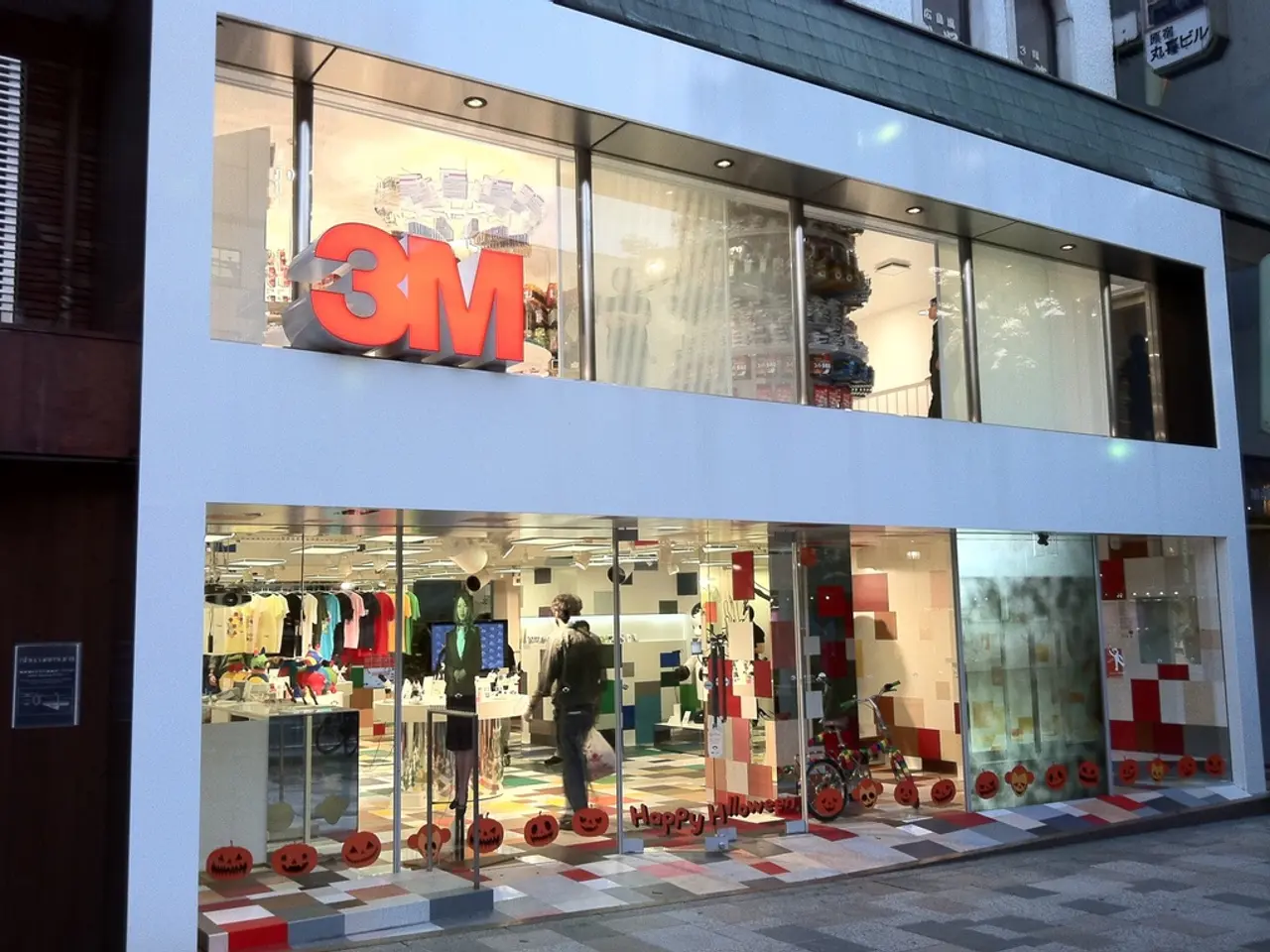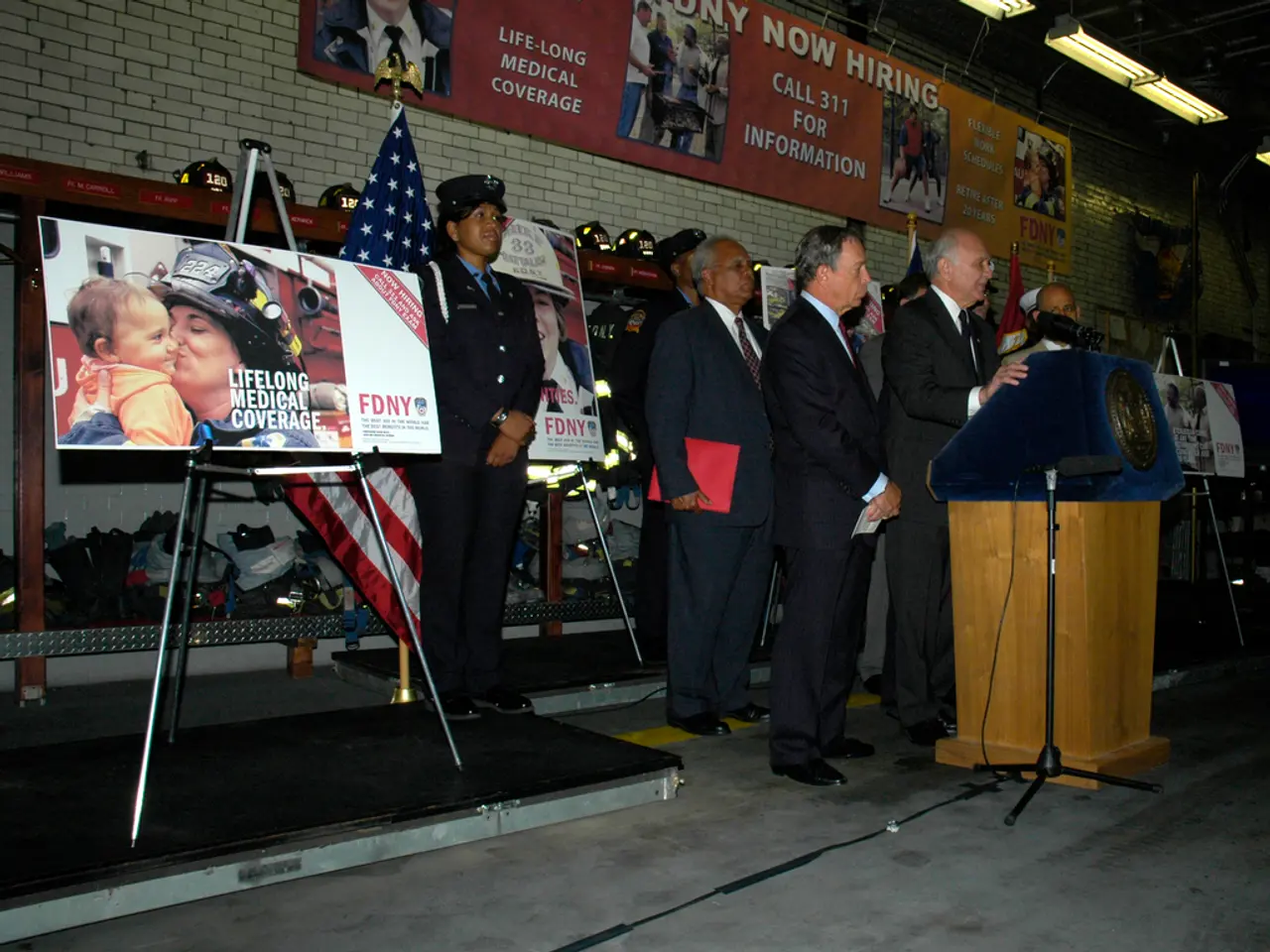Tips for Perfecting Vocal Recording Techniques
**Top Microphones for Recording Vocals in a Home Studio**
In the pursuit of high-quality vocal recordings in a home setting, several microphones stand out for their clarity, versatility, noise handling, and tonal quality. Here are our top recommendations for microphones that excel in these areas.
### Top Recommendations
| Microphone | Type | Key Strengths | Why It's Great for Home Studio Vocals | Price (Approx.) | |-----------------|-------------|-------------------------------------------------------|----------------------------------------------------------------|-----------------| | **Neumann U 87**| Large Diaphragm Condenser | Warm, detailed sound; versatile multipattern (cardioid, omni, figure-8); handles high SPL; classic pro quality | Considered the "Rolls-Royce" of vocal mics, delivers superb clarity and warmth across voice types; ideal for premium home setups | $3,695 [2] | | **RODE NT1** | Condenser | Very low self-noise (4.5 dBA); neutral tone; durable; high SPL handling | Exceptionally clean, natural vocal recordings with minimal noise; great for untreated rooms with good mic technique | $249 [1] | | **Shure SM7B** | Dynamic | Warm, full sound; excellent rejection of background noise; handles loud sources; industry standard for vocals | Perfect for untreated rooms due to noise rejection; rugged and versatile for different voice types, especially popular for podcasts and rap vocals | Industry standard; price varies, typically around $400 [3] | | **Electro-Voice RE20** | Dynamic | Smooth, natural tone; controlled sound; low self-noise; classic broadcast mic | Great for voice recordings and podcasts; handles loud sources without harshness, suitable for untreated rooms | Around $450 [1][5] |
### Why These Are Recommended:
- **Condenser microphones like the Neumann U 87 and RODE NT1** are known for their sensitivity and clarity, capturing detailed nuances in vocal performances. The U 87 offers premium sound with multiple polar patterns useful for versatile recording environments, while the NT1 is praised for ultra-low noise and neutrality, good for clear, clean vocal tracks.
- **Dynamic microphones such as the Shure SM7B and Electro-Voice RE20** excel in less-than-ideal acoustic environments (untreated rooms) because they reject unwanted background noise better than condenser mics. The SM7B especially is favored for its warm, full sound and is a go-to choice for vocalists wanting a more intimate, less bright vocal sound. The RE20 is also favored for controlled, natural voice reproduction without harshness.
### Considerations for Home Studios
- **Room acoustics:** If your room is untreated, dynamic microphones (SM7B, RE20) are often better since they pick up less room noise. - **Budget vs. quality:** The Neumann U 87 is top-tier but very expensive, best for serious professionals or semi-pro users. - **Noise and sensitivity:** The RODE NT1 offers excellent noise performance at a more accessible price point, making it ideal for clean vocal recordings. - **Versatility:** Multipattern mics like the U 87 add flexibility for different recording scenarios.
In summary, the **best microphone depends on your specific needs**, but for pristine, clean vocal recordings, the **RODE NT1** is excellent and affordable; for professional-grade versatility and warmth, the **Neumann U 87** is unmatched; for recording in untreated spaces or for a warm, full dynamic sound, the **Shure SM7B** or **Electro-Voice RE20** are proven choices.
Other suitable microphones for recording vocals include the Audio-Technica AT2020, Rode NT1, Shure SM57, and Shure SM58.
Modern studio recording allows for multiple takes of vocals without worrying about storage space due to computers, hard drives, and DAW programs. The human voice has a naturally wide dynamic range, and compression may be necessary to prevent overloading and distortion during recording. To reduce acoustic reflections in a home studio, the microphone can be set up away from the middle of the room, and reflective surfaces can be covered with sound-absorbing materials like duvets.
Essential equipment for a home studio recording vocals includes condenser microphones, a dynamic microphone, mic stands, pop filters, studio headphones, acoustic isolation, and patience and understanding towards the singer. Popping, the effect of plosives being picked up by the microphone, can be reduced or eliminated by using a pop filter or an omnidirectional pickup pattern.
Setting up the monitor mix for the singer carefully can have a big impact on the quality of the recording. After comping a vocal take, it should be recorded to a new track within the DAW for easier processing and effects during mixing. Condenser microphones have a wider frequency response and can capture frequencies up to 20 kHz. Using large-diaphragm condenser microphones with a cardioid pickup pattern is recommended for recording vocals. Condenser microphones often have slight presence peaks around 15-18 kHz, which can help give vocals more 'air'.
The singer's comfort and happiness in the studio can significantly impact performance, so it's important to make the environment as easy as possible for them. Sibilance, a characteristic of the human voice that can be highlighted by the presence peak of a condenser mic, causing the 's' and 't' sounds to be unpleasant or distorted, can be addressed by using a de-esser plugin during the mixing stage. A vocal booth is an acoustically dead compartment used in commercial studios to capture vocals, but it's unlikely to have one in a home studio.
[1] https://www.rode.com/microphones/nt1 [2] https://www.neumann.com/en_GB/products/microphones/studio-microphones/u-87-ai.html [3] https://www.shure.com/en-GB/products/microphones/sm7b [4] https://www.electro-voice.com/products/microphones/re20 [5] Prices may vary depending on retailer and location.
- In a home studio setting, the Rode NT1 microphone is an affordable yet exceptional choice for recording vocals, known for its ultra-low noise and neutral tone that lends itself to clean, natural vocal tracks.
- The Neumann U 87, on the other hand, is a top-tier microphone that offers premium sound quality, with multiple polar patterns and a warm, detailed sound quality, ideal for versatile recording environments and premium home studios.
- Dynamic microphones, such as the Shure SM7B and the Electro-Voice RE20, are advantageous in less-than-ideal acoustic environments, as they reject unwanted background noise better than condenser microphones, making them a great choice for vocalists wanting a more intimate, less bright vocal sound.
- Budget-conscious individuals seeking high-quality music production may find the Audio-Technica AT2020, Rode NT1, Shure SM57, and Shure SM58 microphones suitable for recording vocals in a home or small studio setup.
- In the pursuit of optimal recording quality, considerations should be given to room acoustics, versatility offered by multipattern microphones, noise and sensitivity, and the singer's comfort during the recording process.







